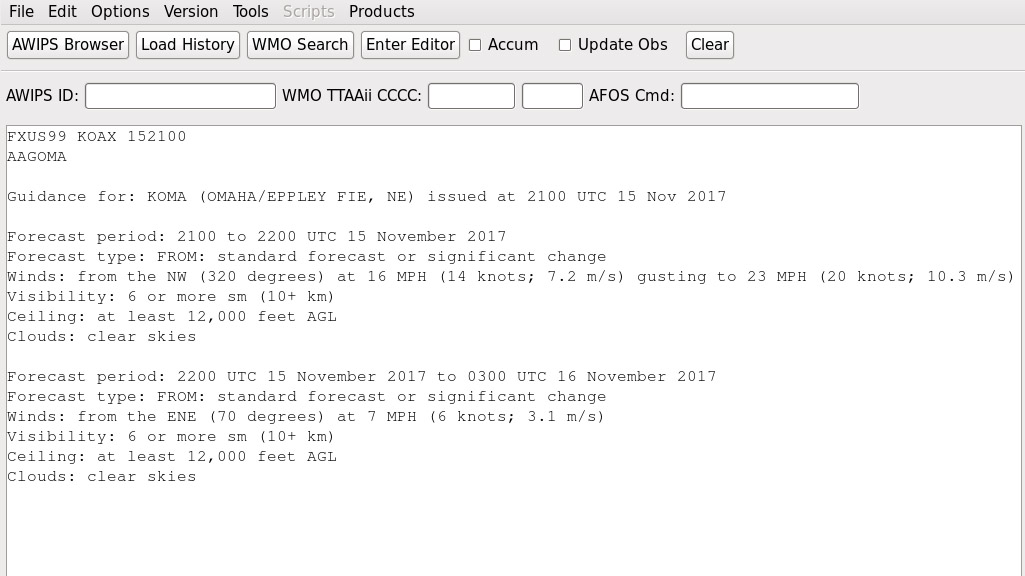Program to bring weather forecasts to remote Alaska airports
A phased program to bring automated plain-language weather forecasts to 157 Alaska airports not covered by National Weather Service terminal aerodrome forecasts (TAFs) will enter testing this summer.

The program will launch with 67 sites, expanding to more than 100 locations by early 2019. AOPA will work with the FAA and the National Weather Service on outreach to the aviation community and to help provide feedback on the new forecasts known as Alaska Aviation Guidance (AAG), said Rune Duke, AOPA senior director of airspace, air traffic, and security.
The joint initiative to provide local forecasting to non-TAF airports stems from the FAA’s determination several years ago that wide-coverage area forecasts did not meet a Part 121 regulatory requirement that weather information be available for any aircraft dispatched under instrument flight rules for the flights’ intermediate stops, destinations, and alternate airports.
In February 2016, the FAA formally requested that the National Weather Service “provide the meteorological information necessary” to fulfill that requirement, citing the unique challenges of Alaska’s operational environment and the reliance of many remote communities on aviation for access to goods and services.
“Therefore FAA requests that NWS develop, test and produce an airport-specific forecast product for certain airports in Alaska,” said the FAA’s formal request letter, adding that the LAMP program could provide TAF-comparable information.
The AAG is a six-hour forecast, updated hourly. Although shown to be less accurate than a TAF in the first three hours, it becomes comparable to a TAF in the three-to-six-hour range, Duke said. In the future, the AAG may be updated at 15-minute intervals, which would help improve the quality of information in the first three-hour period.
National Weather Service plans to evaluate the system in stages, starting with 67 airports, reaching 106 by fall, gradually achieving the total of 157 locations.
Aircraft operators would use the AAG in conjunction with existing weather-information sources such as those provided by the Alaskan Aviation Weather Unit.
“In this world of limited funding, the FAA and National Weather Service have come up with a creative solution that leverages the data and models they have been working on for years, and the good news is that this solution will be operational in 2019,” Duke said.
During the trial period, AOPA will work with operators to validate the product and provide feedback.
“We want this product to be effective, which requires validating the system,” Duke said. “AOPA is advocating for it to be available at all airports in the National Airspace System that have METAR coverage, but no TAF.”



